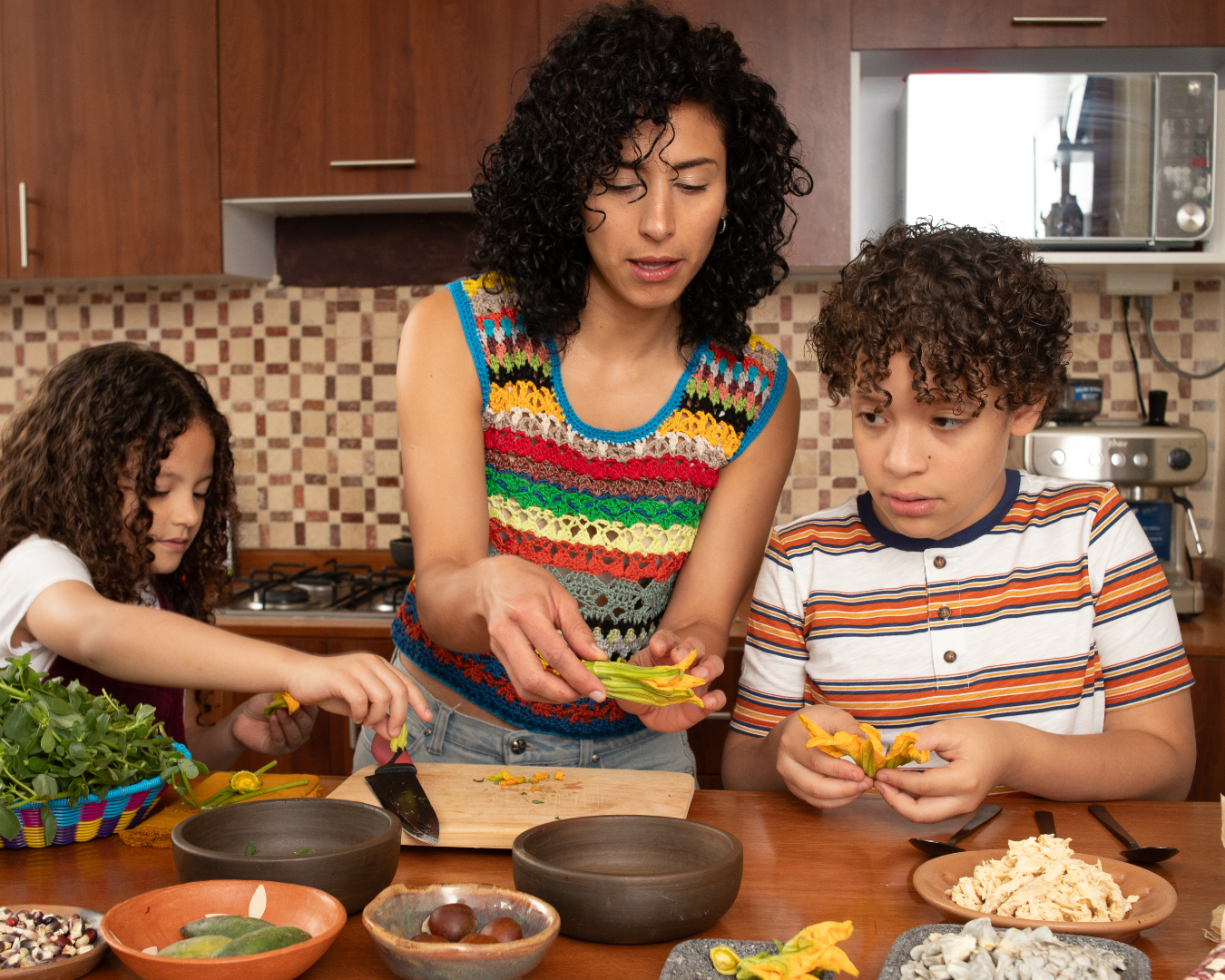Hosting Family Cooking Demonstrations: A Fun and Educational Way to Share Culinary Skills
Cooking is more than just a daily necessity; it’s an art form, a way to express creativity, and a perfect opportunity to bring family and friends together. Hosting family cooking demonstrations or workshops is an excellent way to share culinary skills, explore new recipes, and create lasting memories. Whether you’re a seasoned chef or a kitchen novice, these events can be both fun and educational for everyone involved.
Why Host a Family Cooking Demonstration?
1. Bonding Experience: Cooking together fosters a sense of community and strengthens family bonds. It’s a collaborative activity where everyone, regardless of age or skill level, can participate and contribute.
2. Skill Sharing: Everyone has unique culinary skills and knowledge. Hosting a cooking demonstration allows family members to share their favorite recipes, tips, and techniques, enriching everyone’s cooking repertoire.
3. Cultural Exchange: Food is a significant part of cultural heritage. Sharing traditional family recipes helps preserve cultural traditions and introduces younger generations to their culinary roots.
4. Healthy Eating: Cooking at home is often healthier than dining out or ordering takeout. Demonstrations can focus on healthy cooking techniques and recipes, promoting better eating habits within the family.
5. Fun and Entertainment: Cooking together can be incredibly fun and entertaining. It’s a great way to spend quality time together, celebrate special occasions, or simply break the routine.
How to Organize a Family Cooking Demonstration
1. Plan the Menu: Choose a theme or a set of recipes for the demonstration. Consider the dietary preferences and restrictions of family members. It can be helpful to focus on dishes that can be easily prepared in a home kitchen.
2. Gather Ingredients: Ensure you have all the necessary ingredients and cooking tools. You might want to provide a shopping list to participants ahead of time, so everyone can come prepared.
3. Assign Roles: Depending on the complexity of the recipes, assign roles to different family members. This can include tasks like chopping vegetables, mixing ingredients, or setting the table.
4. Set Up the Space: Arrange your kitchen or dining area to accommodate everyone comfortably. Ensure there’s enough space for participants to observe and participate in the cooking process.
5. Demonstrate and Cook Together: Start with a demonstration of each step of the recipe, explaining the techniques and tips. Encourage questions and participation. After demonstrating, let everyone try their hand at the recipe.
6. Share the Meal: Once the cooking is done, sit down together to enjoy the meal. This is the perfect time to discuss what everyone learned and share feedback.
Tips for a Successful Cooking Demonstration
- Keep It Simple: Choose recipes that are easy to follow and don’t require too many complicated steps or rare ingredients.
- Be Patient: Allow extra time for participants to ask questions and get hands-on experience.
- Encourage Participation: Make sure everyone has a chance to contribute and learn something new.
- Make It Fun: Keep the atmosphere light and enjoyable. Music, laughter, and a relaxed attitude go a long way.
- Document the Experience: Take photos or videos of the cooking process and the final dishes. This can be a wonderful way to remember the event and share with those who couldn’t attend.
Hosting family cooking demonstrations or workshops is a fantastic way to share culinary skills, celebrate cultural traditions, and create cherished family memories. It’s a rewarding experience that brings people together, fosters learning, and most importantly, allows everyone to enjoy delicious homemade food. So, gather your loved ones, roll up your sleeves, and get cooking! The joy and satisfaction of preparing and sharing a meal together is an experience that everyone will treasure.

